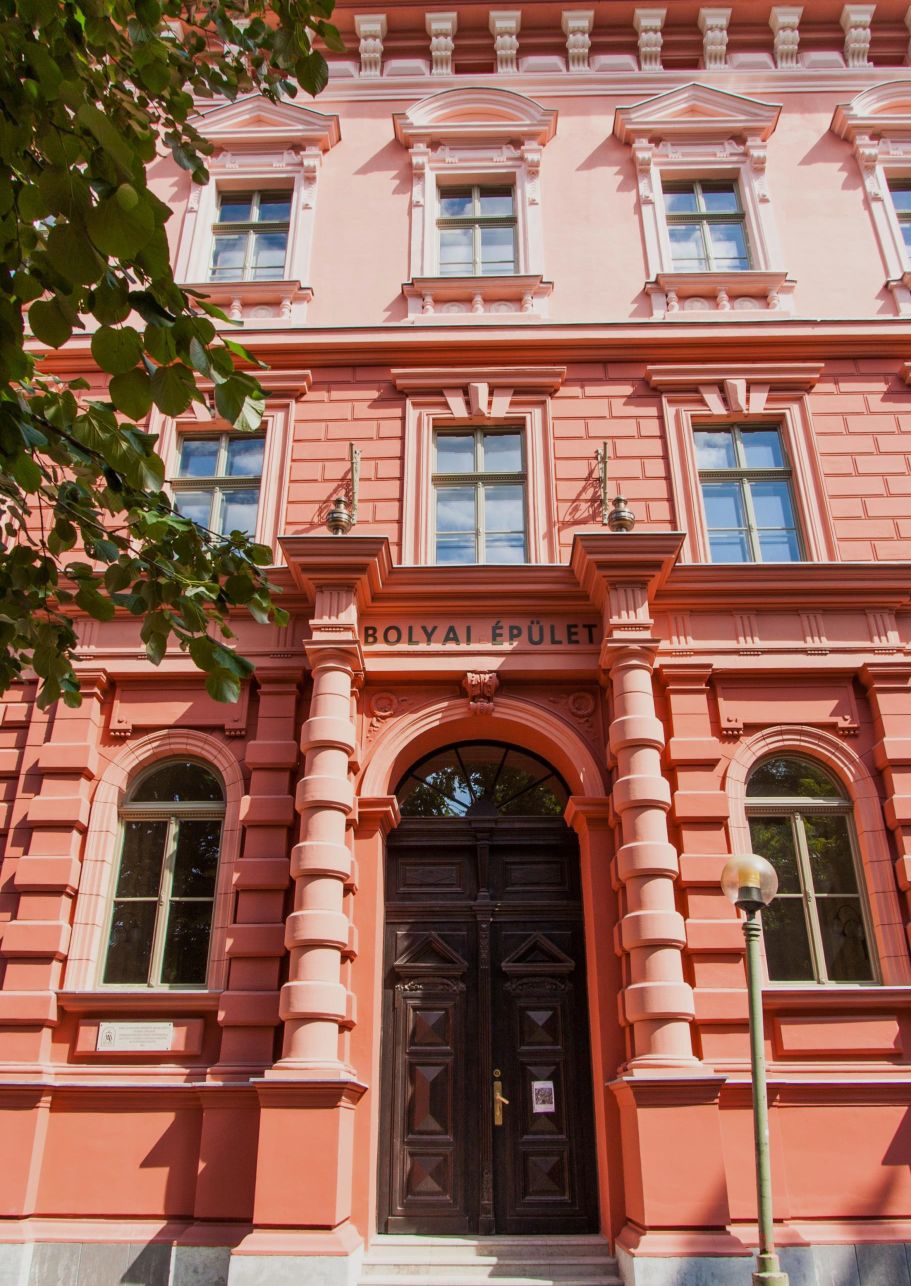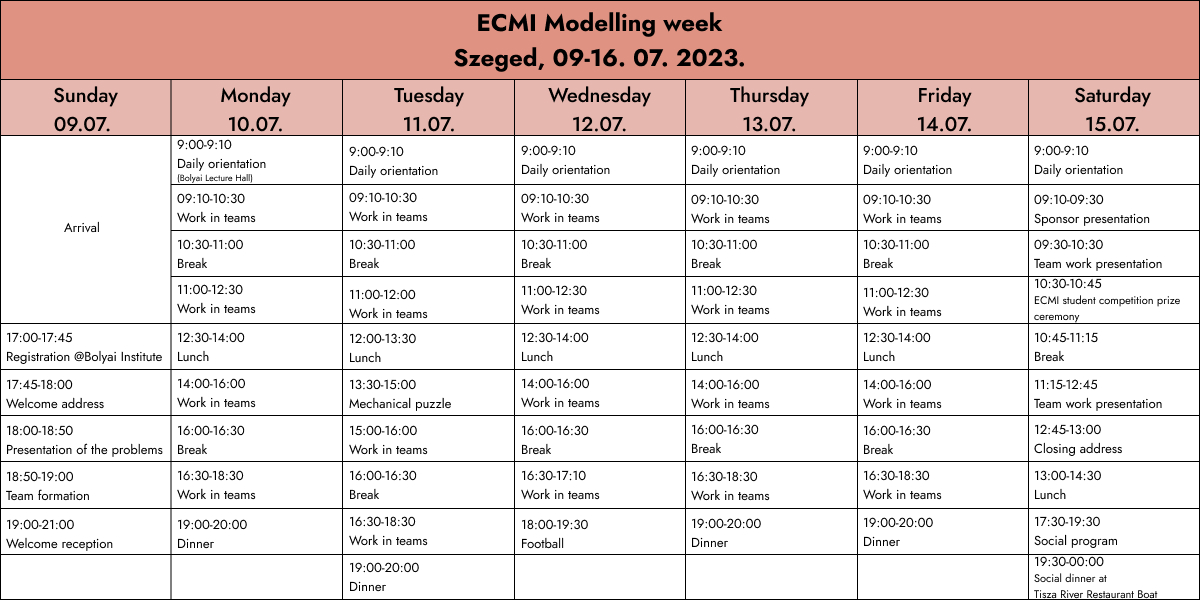How to reach Szeged
By plane
The International Airport of Budapest is located 160 kms from Szeged. From Budapest Airport you may continue your trip to Szeged by train (please see it below).
By train
Trains depart at hh:53 every hour between 5:53 and 20:53 from Budapest "Nyugati pályaudvar", on the backward direction the departure time is usually hh:45 every hour between 4:36 and 19:45 from Szeged. You are recommended to check the schedules for this destination, because the start times and changing points might vary due to some railway reconstruction works. On the same page you can check the prices and schedules of other destinations as well.
How to get to Szeged from Budapest Airport by train?
There is a train station close to the airport. After arrival, you need to take the bus 200E (leaves every 7-8 minutes from the airport during daytime) to the train station. You have to get off at the bus stop "Ferihegy vasútállomás". The ticket can be purchased from the ticket vending machines at the bus stop of the airport or on the bus as well. The bus leaves from somewhere in the middle, between Terminals 2A and 2B (they are very close to each other).
After getting off the bus, you have to cross the road through the pedestrian bridge. There are two railway tracks, you have to go to the one which is further from the road. Go to the very end of the pedestrian bridge and go down the stairs. When you arrive at "Ferihegy" train station, you can buy a train ticket from the ticket vending machine or in the phone application named MÁV. You can also buy your ticket online here.
You need to buy train ticket to Szeged, the prices and the timetable can be found here. Trains leave from Ferihegy train station to Szeged hourly always at hh:13 minutes, and the travel takes two hours. It is recommended to buy also an InterCity ticket for an extra fee, for which you will get a fixed seat in a better compartment. The InterCity tickets for seat reseravtion contain the number of the carriage (kocsi in Hungarian) and the number of the seat (hely in Hungarian). Please look for these carriages at the very end of the train. Szeged is the terminal station of the train, so you do not need to check where to get off.
From the railway station you can easily reach the Bolyai Building by tram or a twelve-minute-long walk (about 1 km). Take the tram No. 1 or No. 2 in front of the railway station and get off at the 3rd stop (Aradi vértanúk tere).
Tickets for buses and trams can be purchased in kiosks, from ticket vending machines (430 HUF), can be bought from the drivers or from the ticket vending machines on the bus/tram (600 HUF or 500 HUF). A weekly ticket costs 3300 HUF. In particular, you can purchase bus tickets inside the building of the railway station, downstairs at the exit. Timetables and maps of local transportation can be found here.
By GreenShuttle
A more expensive, but really comfortable direct shuttle is available for 11400 HUF by the company Greenshuttle. Their cars take you from Budapest airport to your hotel door in Szeged. The maximum waiting time at the airport is 30 minutes for a "green" shuttle, while the more economic "orange" transfer operates with a 2-hour maximum waiting time for 8800 HUF. It is recommended to book the shuttle 48 hours before departure time, otherwise a 20% extra charge is applied.
For more info: check this page.
By bus
Direct bus lines are available from/to many cities. You might check the bus schedules.
Parking and public transport in Szeged
There are many parking places in the downtown near Aradi vértanúk Square. Szeged has a prepaid ticket parking system: inside the middle boulevard and in some other places you must have a prepaid ticket under your windscreen on weekdays (mostly between 8:00 and 18:00 but check the signs), and for some places on Saturday too. You can buy the ticket from the ticket machines where you can pay by credit card or in cash, but tickets may also be bought by SMS, telephone or a mobile application.

